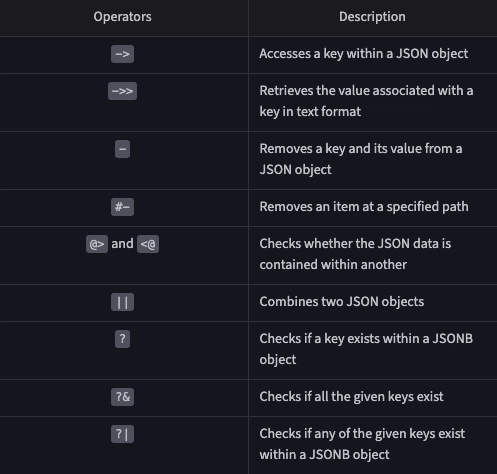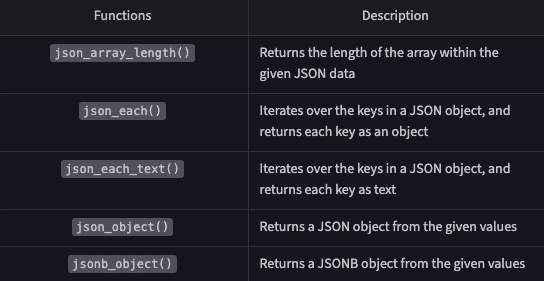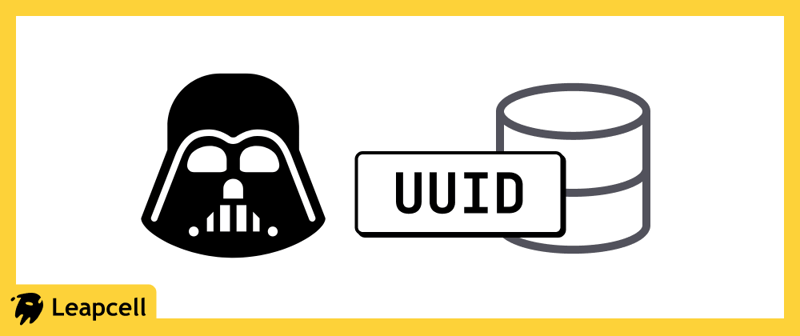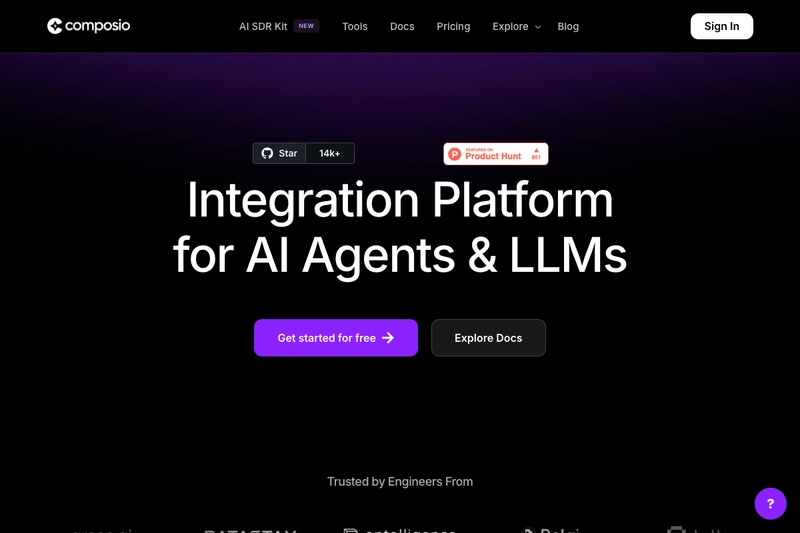Everything about PostgreSQL
PostgreSQL is one of the most powerful and open source object-relational database system. It can efficiently store data in objects therefore relationship between objects persist rather than through common fields making it compatible for both relational(SQL) and non-relational data(JSON).PostgreSQL is **ACID **compliant, that means it supports transactions and maintains the data integrity as well! PostgreSQL is well suited for both OLTP and OLAP applications. OLTP(Online transaction processing) is a type of database that deals with transactions, such as data entries and retrievals, basically for the applications that require real-time data access, such as ecom and ATM.OLAP(Online Analytical processing) deals with data mining and business intelligence, OLAP databases are u sed in applications requiring complex queries such as financial analysis. PostgreSQL basically supports all the datatypes like JSON, XML, arrays and HStore,it can also store text, images, numbers etc in the same database PostgreSQL supposrts geospatial data as well, we can easily store and query data related to locations! HStore is a data type that allows to store key-value pairs in PostgreSQL, using this we can successfully store non-traditional data such as user preferences and product information! It can handle a lot of data and queries, in addition to standard B-tree indexes, it also offers GIN and GiST indexes, which can be used for arrays and HStore. Cascading Replication feature of PostgreSQL is used for sharding and Materialized view allows for pre-computing joins and aggregations which help to improve query performance. It also supports asynchronous commits ie. we dont need to wait for other transactions to complete and can commit our transaction without any hassle! It also supports trigger based event notification ie. we can setup certain alerts so that we can get informed regarding partuclar events. PostgreSQL supports multiple storage types like: Tablespaces: we can store data in different physical locations. Clusters: these are basically group of tables stored together, we can use them for improving performance by clubbing frequently accessed data. Partitions:These divide data into smaller pieces so using that we can improve performance by only accessing the needed data! Creating a basic Table in PostgreSQL: CREATE DATABASE expense_db WITH OWNER = postgres ENCODING = 'SQL_ASCII' TABLESPACE = pg_default CONNECTION LIMIT = -1; Listing the details of Newly created schema: \l expense_db Connect to the database: \c expense_db Printing the table structure: \d+ expense_db Adding foreign key constraint and linking column to enforce referential integrity: ALTER TABLE expense ADD CONSTRAINT fk_expense_category FOREIGN KEY (category_id) REFERENCES Category (category_id); Insert data in table: INSERT INTO expense (expense_date, amount, category_id, description) VALUES ('2022-11-01', 50.25, 1, 'monthly grocery refill'), ('2022-11-05', 20.75, 2, 'birthday party'), ('2022-11-15', 50, 3, 'gas for car'); Create Index CREATE INDEX idx_expense_amount ON expense (amount); Storing Complex data types: Array: CREATE TABLE Person ( id SERIAL PRIMARY KEY, hobbies TEXT[] ); INSERT INTO Person (hobbies) VALUES (ARRAY ['reading', 'hiking', 'cooking']); SELECT hobbies[1] FROM Person; Operations for array: JSON: CREATE TABLE Person ( id SERIAL PRIMARY KEY, address JSON ); INSERT INTO Person (address) VALUES ( '{"street": "123 Main St", "city": "New York", "state": "NY", "zipcode": "A2N9ZJ"}' ); SELECT address -> 'city' AS "City" FROM Person; SELECT '\n' AS " "; -- Adding new line SELECT JSON(address) AS "Address" FROM Person; SELECT '\n' AS " "; -- Adding new line SELECT address ->> 'city' AS "City" FROM Person; SELECT '\n' AS " "; -- Adding new line Operators: Functions: Geometrical data like points, lines, polygons useful for geospatial data: CREATE TABLE parks ( id SERIAL PRIMARY KEY, name TEXT, boundary POLYGON ); INSERT INTO parks (name, boundary) VALUES ( 'Central Park', '((-73.9677, 40.7936), (-73.9668, 40.7911), (-73.9612, 40.7923), (-73.9606, 40.7941), (-73.9645, 40.7954), (-73.9677, 40.7936))' ); SELECT * FROM parks; Network Addresses: PostgreSQL supports data types like INET and CIDR (storing and manipulating network addresses) MACADDR(to store media access control addresses which is a sequence of six hexadecimal numbers, this datatype is used by network tools like ping and traceroute) BIT(bits or bit strings) CREATE TABLE Users ( user_id SERIAL PRIMARY KEY, user_name VARCHAR(255), user_ip_address INET, user_mac_address MACADDR, user_location VARCHAR(255), user_status BIT ); INSERT INTO Users ( user_name, user_ip_address, user_mac_address, user_location, user_status ) VALUES ( 'John Doe', '192.168.0
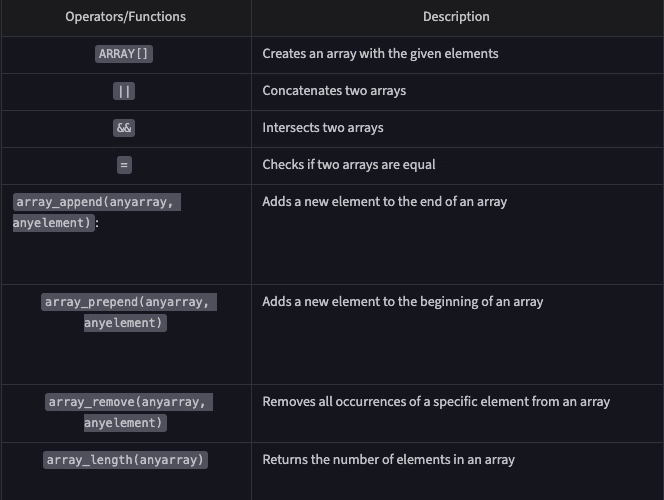
PostgreSQL is one of the most powerful and open source object-relational database system. It can efficiently store data in objects therefore relationship between objects persist rather than through common fields making it compatible for both relational(SQL) and non-relational data(JSON).PostgreSQL is **ACID **compliant, that means it supports transactions and maintains the data integrity as well!
PostgreSQL is well suited for both OLTP and OLAP applications. OLTP(Online transaction processing) is a type of database that deals with transactions, such as data entries and retrievals, basically for the applications that require real-time data access, such as ecom and ATM.OLAP(Online Analytical processing) deals with data mining and business intelligence, OLAP databases are u sed in applications requiring complex queries such as financial analysis.
PostgreSQL basically supports all the datatypes like JSON, XML, arrays and HStore,it can also store text, images, numbers etc in the same database
PostgreSQL supposrts geospatial data as well, we can easily store and query data related to locations!
HStore is a data type that allows to store key-value pairs in PostgreSQL, using this we can successfully store non-traditional data such as user preferences and product information!
It can handle a lot of data and queries, in addition to standard B-tree indexes, it also offers GIN and GiST indexes, which can be used for arrays and HStore.
Cascading Replication feature of PostgreSQL is used for sharding and Materialized view allows for pre-computing joins and aggregations which help to improve query performance.
It also supports asynchronous commits ie. we dont need to wait for other transactions to complete and can commit our transaction without any hassle!
It also supports trigger based event notification ie. we can setup certain alerts so that we can get informed regarding partuclar events.
PostgreSQL supports multiple storage types like:
Tablespaces: we can store data in different physical locations.
Clusters: these are basically group of tables stored together, we can use them for improving performance by clubbing frequently accessed data.
Partitions:These divide data into smaller pieces so using that we can improve performance by only accessing the needed data!
Creating a basic Table in PostgreSQL:
CREATE DATABASE expense_db
WITH OWNER = postgres
ENCODING = 'SQL_ASCII'
TABLESPACE = pg_default
CONNECTION LIMIT = -1;
Listing the details of Newly created schema:
\l expense_db
Connect to the database:
\c expense_db
Printing the table structure:
\d+ expense_db
Adding foreign key constraint and linking column to enforce referential integrity:
ALTER TABLE expense
ADD CONSTRAINT fk_expense_category
FOREIGN KEY (category_id) REFERENCES Category (category_id);
Insert data in table:
INSERT INTO expense (expense_date, amount, category_id, description)
VALUES
('2022-11-01', 50.25, 1, 'monthly grocery refill'),
('2022-11-05', 20.75, 2, 'birthday party'),
('2022-11-15', 50, 3, 'gas for car');
Create Index
CREATE INDEX idx_expense_amount ON expense (amount);
Storing Complex data types:
Array:
CREATE TABLE Person (
id SERIAL PRIMARY KEY,
hobbies TEXT[]
);
INSERT INTO
Person (hobbies)
VALUES
(ARRAY ['reading', 'hiking', 'cooking']);
SELECT hobbies[1] FROM Person;
Operations for array:
JSON:
CREATE TABLE Person (
id SERIAL PRIMARY KEY,
address JSON
);
INSERT INTO
Person (address)
VALUES
(
'{"street": "123 Main St", "city": "New York", "state": "NY", "zipcode": "A2N9ZJ"}'
);
SELECT address -> 'city' AS "City" FROM Person;
SELECT '\n' AS " "; -- Adding new line
SELECT JSON(address) AS "Address" FROM Person;
SELECT '\n' AS " "; -- Adding new line
SELECT address ->> 'city' AS "City" FROM Person;
SELECT '\n' AS " "; -- Adding new line
Functions:
Geometrical data like points, lines, polygons useful for geospatial data:
CREATE TABLE parks (
id SERIAL PRIMARY KEY,
name TEXT,
boundary POLYGON
);
INSERT INTO
parks (name, boundary)
VALUES
(
'Central Park',
'((-73.9677, 40.7936), (-73.9668, 40.7911), (-73.9612, 40.7923),
(-73.9606, 40.7941), (-73.9645, 40.7954), (-73.9677, 40.7936))'
);
SELECT * FROM parks;
Network Addresses:
PostgreSQL supports data types like INET and CIDR (storing and manipulating network addresses)
MACADDR(to store media access control addresses which is a sequence of six hexadecimal numbers, this datatype is used by network tools like ping and traceroute)
BIT(bits or bit strings)
CREATE TABLE Users (
user_id SERIAL PRIMARY KEY,
user_name VARCHAR(255),
user_ip_address INET,
user_mac_address MACADDR,
user_location VARCHAR(255),
user_status BIT
);
INSERT INTO
Users (
user_name,
user_ip_address,
user_mac_address,
user_location,
user_status
)
VALUES
(
'John Doe',
'192.168.0.1',
'00:11:22:33:44:55',
'California',
B'1'
),
(
'Jane Smith',
'10.0.0.1',
'01:02:03:04:05:06',
'New York',
B'0'
);
SELECT * FROM users;
Views:
Databases are often divided into multiple tables, with each table containing a subset of the data. This allows for better organization and easier maintenance but can complicate querying the data. A database view allows us to create a virtual table based on one or more existing tables. The base tables used to create the database view are hidden from the end user. This simplifies querying the data because only the view needs to be queried. Views can also be used for performance optimization, because the query to create the view only needs to be executed once, and the resulting data can be accessed multiple times.
CREATE VIEW OrderHistory AS
SELECT
Customer.name,
Customer_order.order_date
FROM
Customer INNER JOIN Customer_order
ON Customer.order_id = Customer_order.id;
\d+ OrderHistory
Having a materialized view can be beneficial in cases where the underlying tables and data used in the view can change frequently because the materialized view will only need to be refreshed periodically rather than after every change to the base tables. It can also be helpful in cases where the view involves complex queries, because having the results pre-computed and stored can improve performance. However, it’s important to keep in mind that materialized views don’t update automatically and must be refreshed manually. They also can’t be used for the modification of data. Therefore, it’s important to carefully consider if a materialized view is the best solution for a particular query before implementing it.
CREATE MATERIALIZED VIEW AS
SELECT
FROM












































































































































































![[The AI Show Episode 142]: ChatGPT’s New Image Generator, Studio Ghibli Craze and Backlash, Gemini 2.5, OpenAI Academy, 4o Updates, Vibe Marketing & xAI Acquires X](https://www.marketingaiinstitute.com/hubfs/ep%20142%20cover.png)














































































































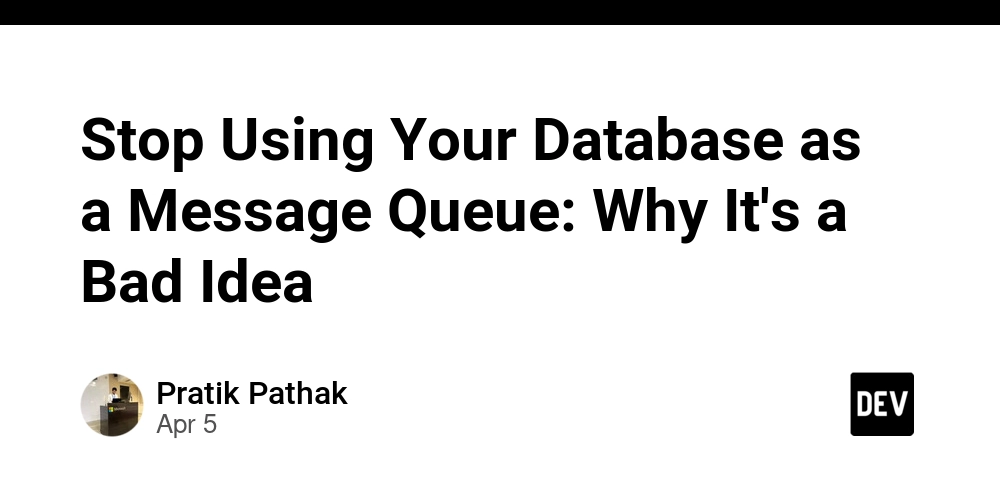
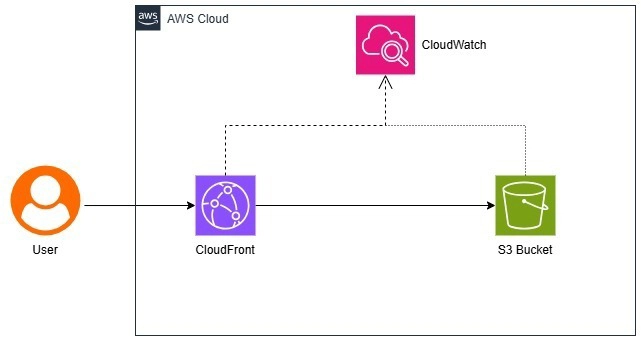











![[FREE EBOOKS] The Kubernetes Bible, The Ultimate Linux Shell Scripting Guide & Four More Best Selling Titles](https://www.javacodegeeks.com/wp-content/uploads/2012/12/jcg-logo.jpg)



![From drop-out to software architect with Jason Lengstorf [Podcast #167]](https://cdn.hashnode.com/res/hashnode/image/upload/v1743796461357/f3d19cd7-e6f5-4d7c-8bfc-eb974bc8da68.png?#)





































































































.png?#)





.jpg?#)































_Christophe_Coat_Alamy.jpg?#)







































































































![Rapidus in Talks With Apple as It Accelerates Toward 2nm Chip Production [Report]](https://www.iclarified.com/images/news/96937/96937/96937-640.jpg)





































































































































